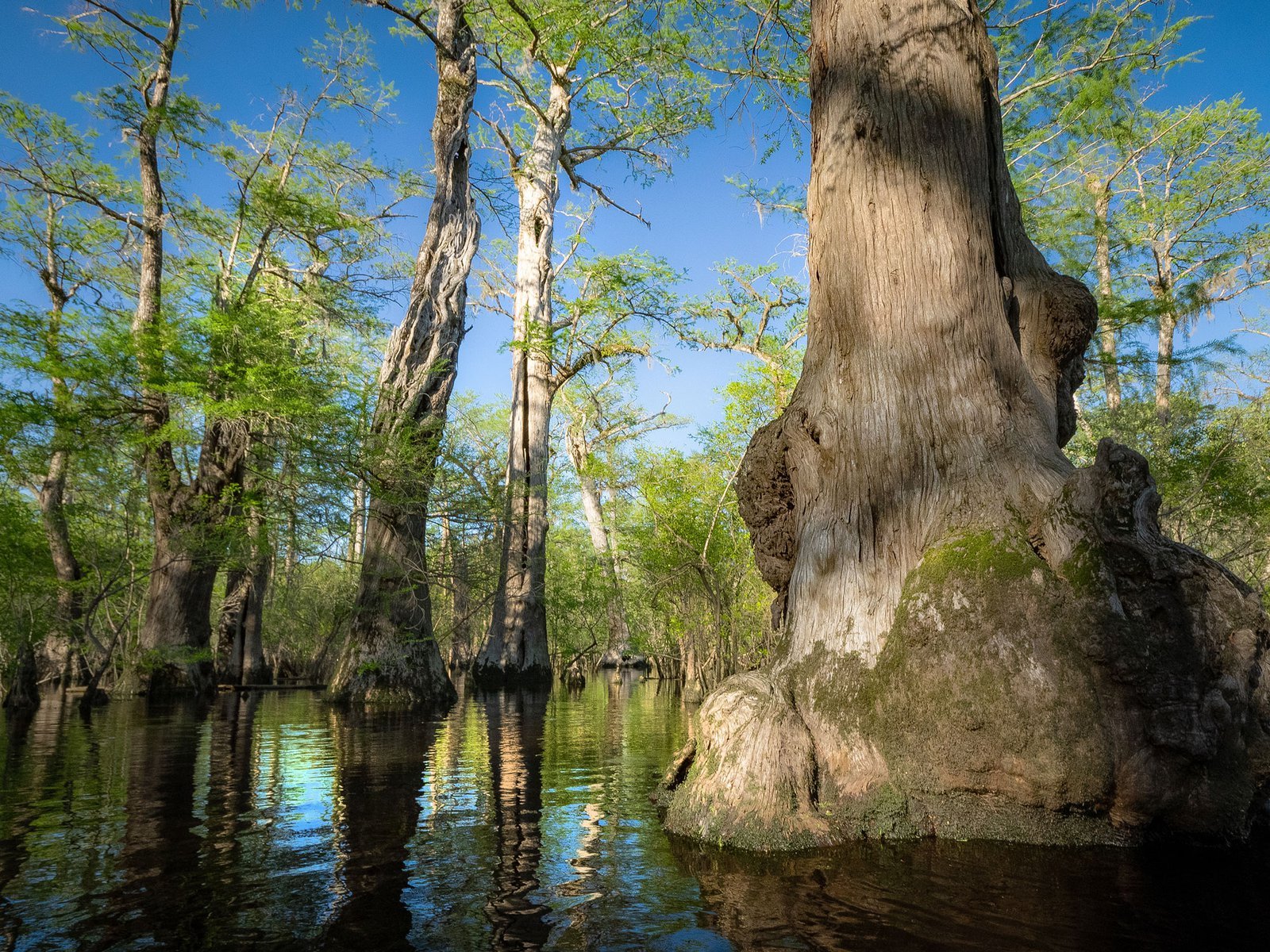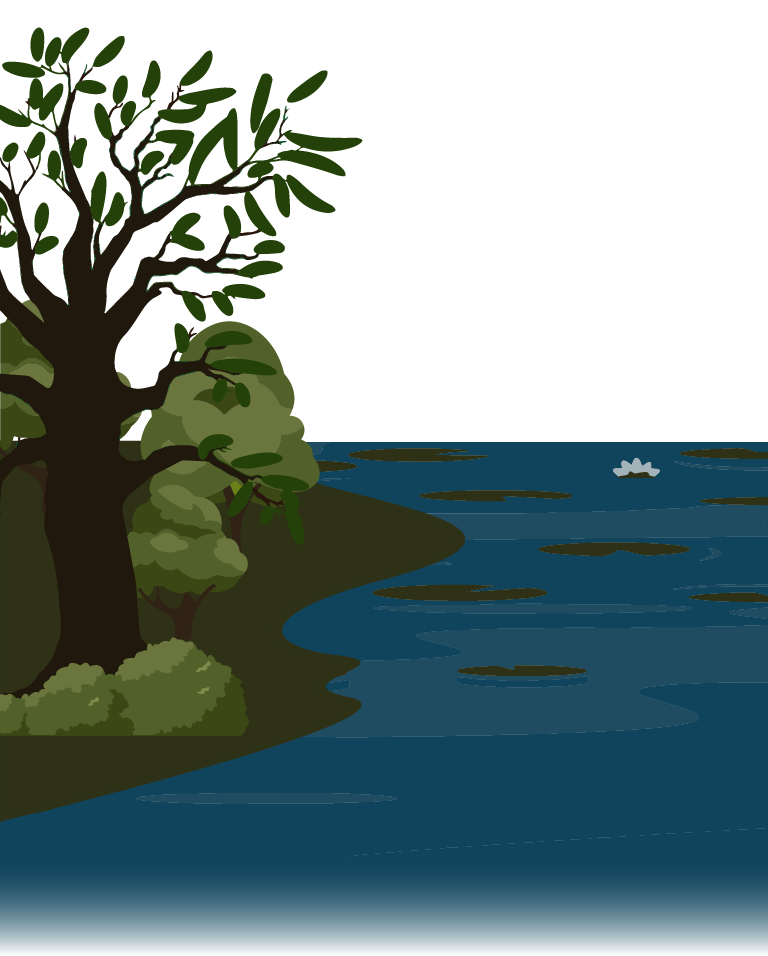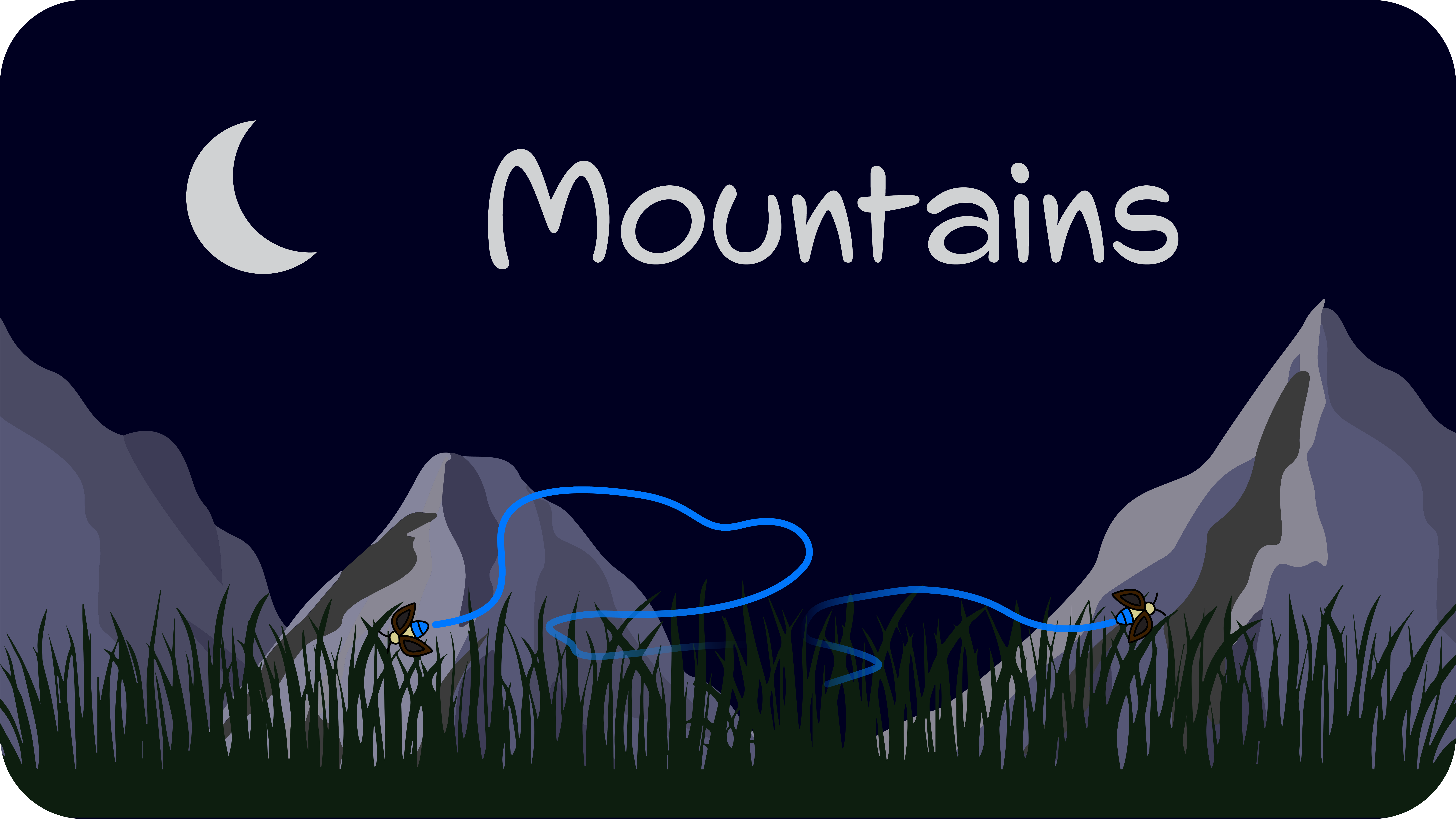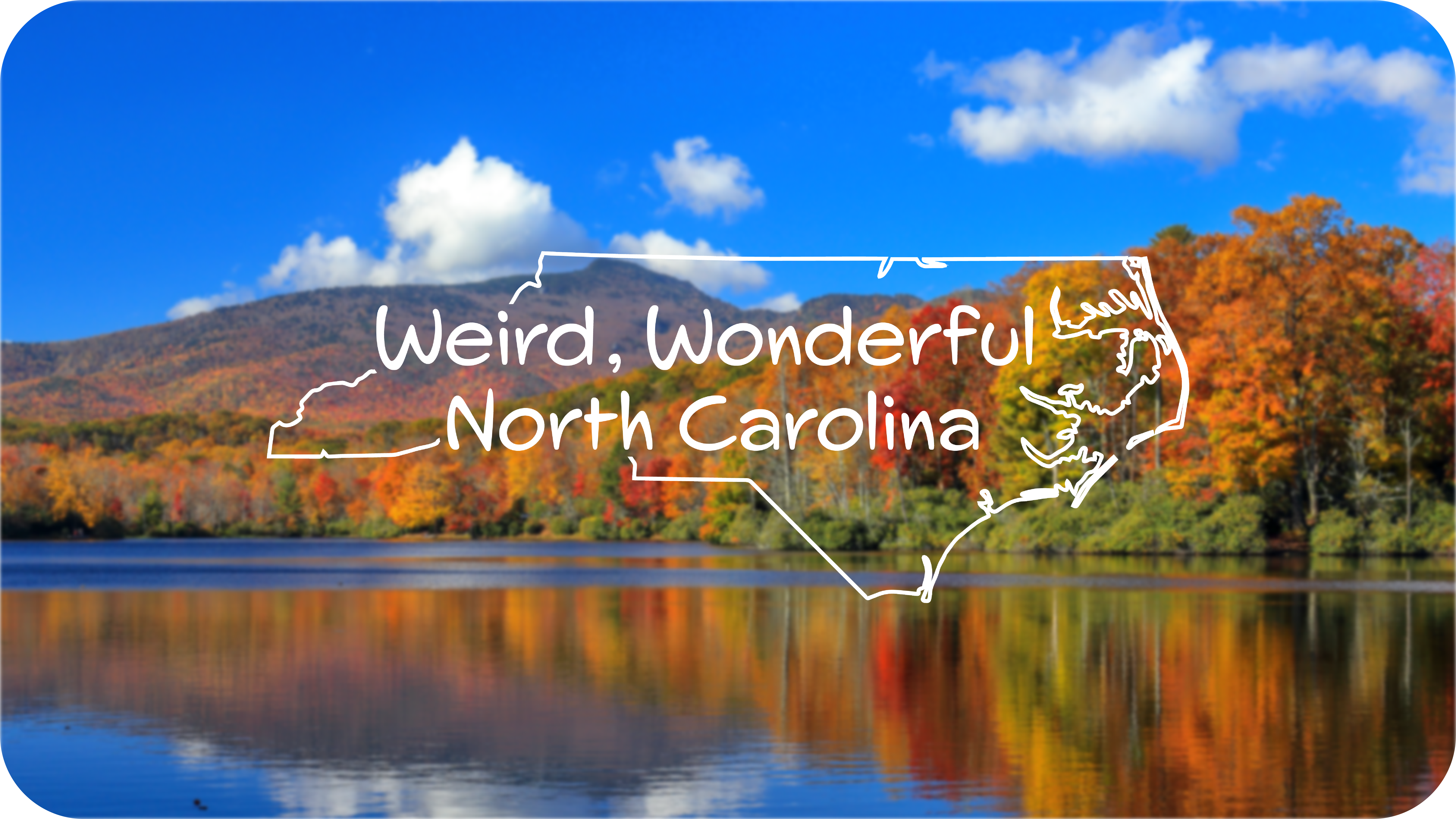Location:
The Oldest Tree in the Eastern US
Ancient bald cypress trees tower along the Black River in the state of North Carolina in the United States. Many of these living trees are over a thousand years old, researchers had estimated in the late 1980s. But there are much older trees still growing tall.
One bald cypress tree (Taxodium distichum) in the Black River swampland is at least 2,624 years old as of 2018, a new study has found. This estimate, researchers say, makes it the oldest known living tree in eastern North America and the oldest known wetland tree species in the world. Another tree is at least 2,088 years old.
“We studied bald cypress … throughout its native range in Latin America and the U.S. This is the best stand we ever found,” David Stahle, a distinguished professor of geosciences at the University of Arkansas, said in a video statement.

From 110 trees in the area, Stahle's team took out small pencil-sized core samples, moving from the bark on the outside right to the center, without harming the trees. They then studied the samples under a microscope, and used dendrochronology, a method to date the wide and narrow growth rings of the trees, to estimate the age of individual trees.
One of the bald cypress trees in the stand, the team found, is at least 2,624 years, making it number five on the list of the world's oldest-known continuously living, sexually reproducing, non-clonal tree species. The four trees older than the bald cypress include a Sierra juniper (Juniperus occidentalis) at 2,675 years in California, a giant sequoia (Sequoiadendron giganteum) at 3,266 years in California, an alerce (Fitzroya cuppressoides) at 3,622 years in Chile, and a Great Basin bristlecone pine (Pinus longaeva) at 5,066 years in California. (Note: Clonal trees emerge asexually out of the same ancestor, and may survive for tens of thousands of years. For example, a stand of quaking aspen trees in Utah known as Pando have all come out of the same root system and are genetically identical. While each individual tree or stem lives to an average of 130 years, the entire root system is estimated to be 80,000 to 1 million years old.)
The bald cypress is also the oldest-known wetland tree species on Earth, although the researchers acknowledge that the age of wetland trees hasn't been documented well. There may also be much older bald cypress trees in the Black River swampland, still waiting to be found.
“Because we have cored and dated only 110 living bald cypress at this site, a small fraction of the tens of thousands of trees still present in these wetlands, there could be several additional individual bald cypress over 2,000-years old along the approximately 100 km [60-mile] reach of Black River,” the authors write in the paper.
Tree rings not only tell time, but record climatic history too. In warm, wet years, for example, when trees grow well, the rings are wider, while in drought years, the rings are narrow. The 2,624-year-old bald cypress has now extended the paleoclimate record of the Black River region by some 970 years, the researchers say.
“The oldest trees in eastern North America also record one of the most accurate tree-ring records of growing season rainfall ever found,” Stahle said. “It's a remarkable discovery and it's also a wonder that an individual can live this long. And when you add to the fact that the annual rings record the history of the environment, it;s a tremendous paleoclimate record.”
With old-growth forests fast disappearing across the world, the ancient black cypress stand is an extremely valuable relic. Following Stahle's work in the 1980s, The Nature Conservancy (TNC), a U.S.-based conservation NGO, acquired 16,000 acres (6,500 hectares) in the area, creating the Black River Preserve.
“Dr. Stahle's original work on the Black River, which showed trees dating from Roman times, inspired us to begin conservation on the Black more than two decades ago,” Katherine Skinner, executive director of TNC's North Carolina chapter, said in the statement. “This ancient forest gives us an idea of what much of North Carolina's coastal plain looked like millennia ago.”
In recent years though, Stahle's team has found large swaths of ancient bald cypress stands outside the preserve that have remained unprotected and need urgent conservation
“When was the last time you went to your favorite old-growth forest and found out that it was 10 times larger than you had previously realized?” Stahle said. “It's a blessing and a curse because it's way bigger than we realized but it's not all conserved. We're trying to raise awareness and we've established this ancient bald cypress consortium for research, education and conservation.”
- Originally published in Mongabay. Reused for educational purposes.





